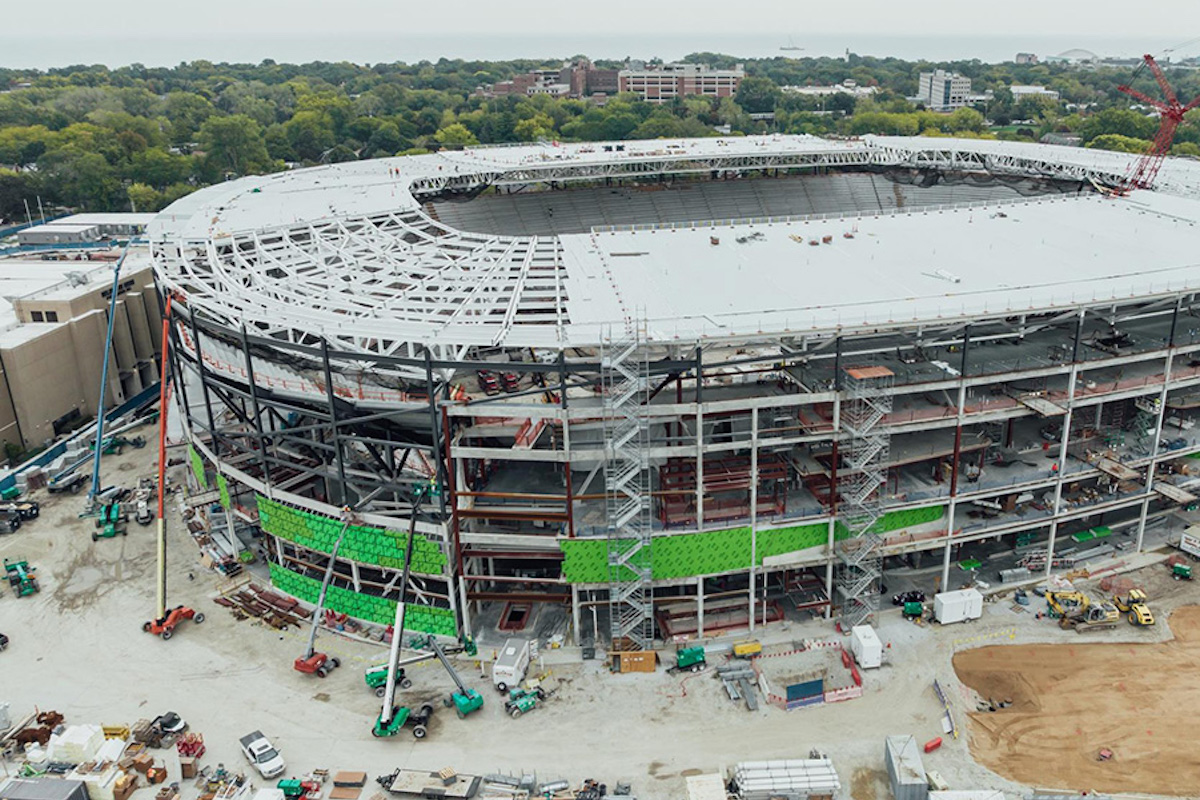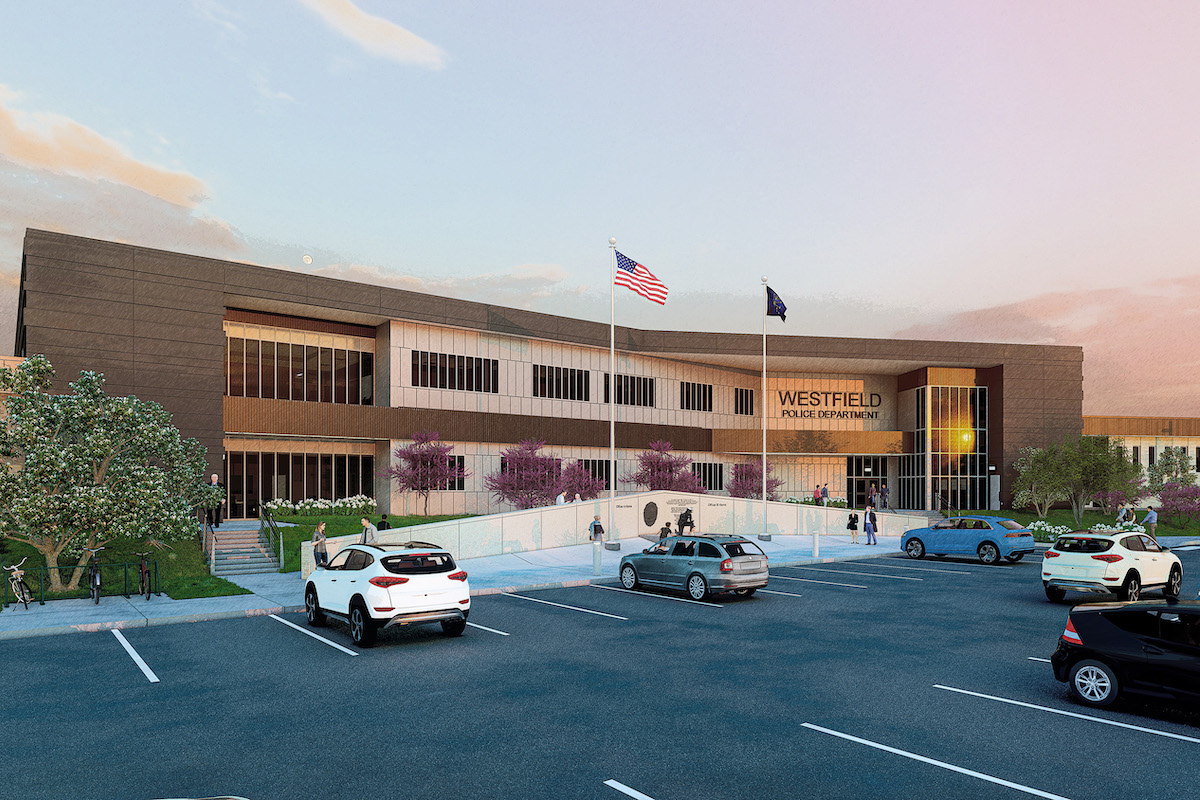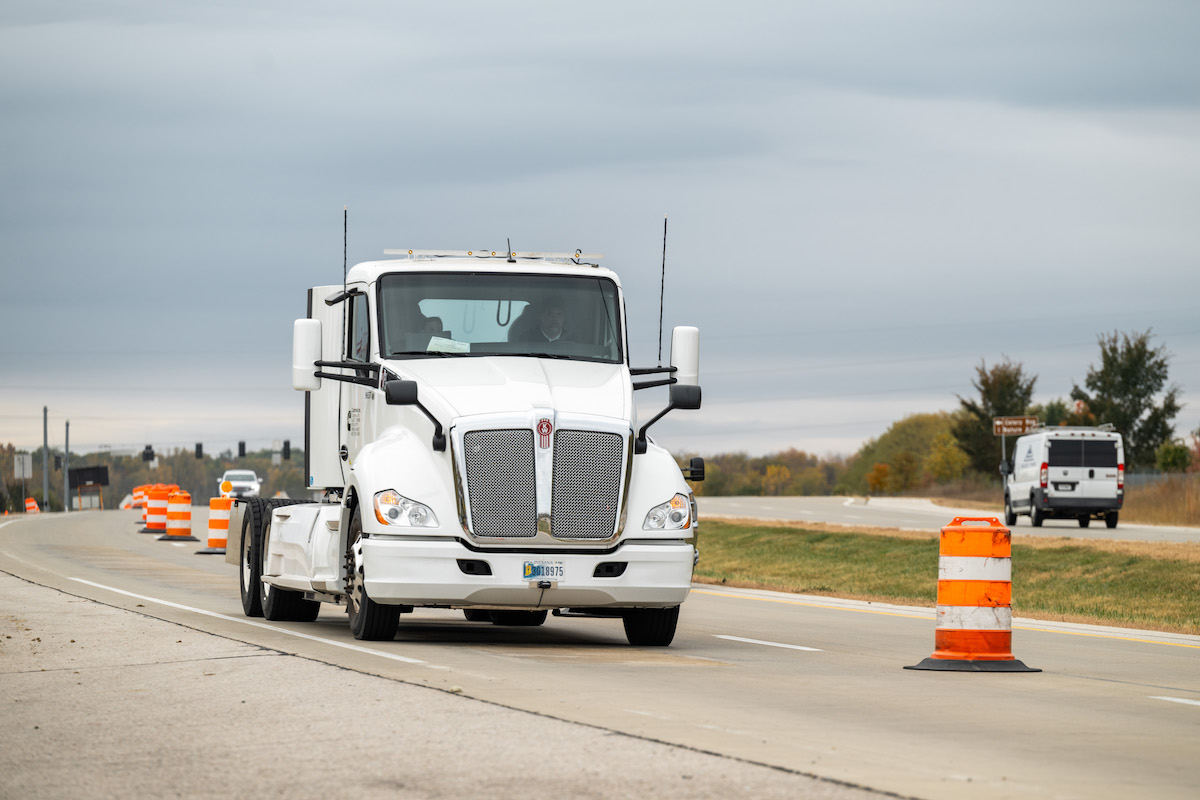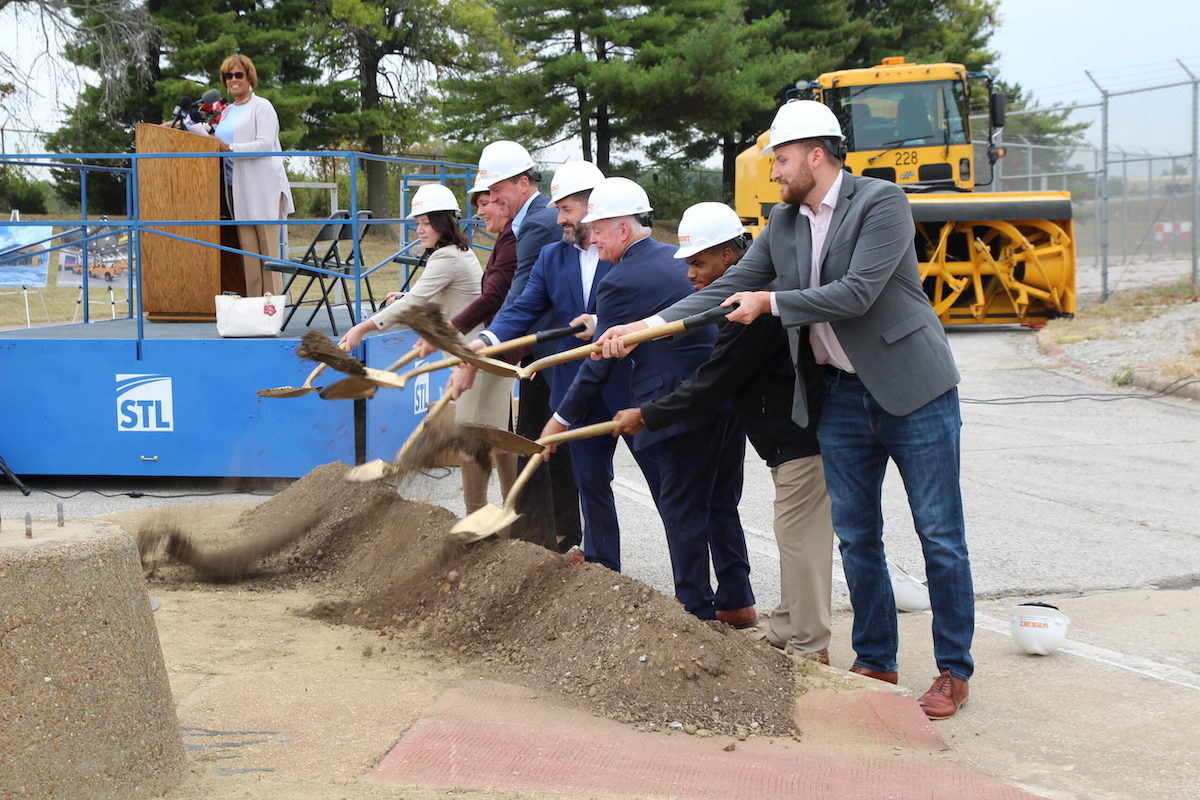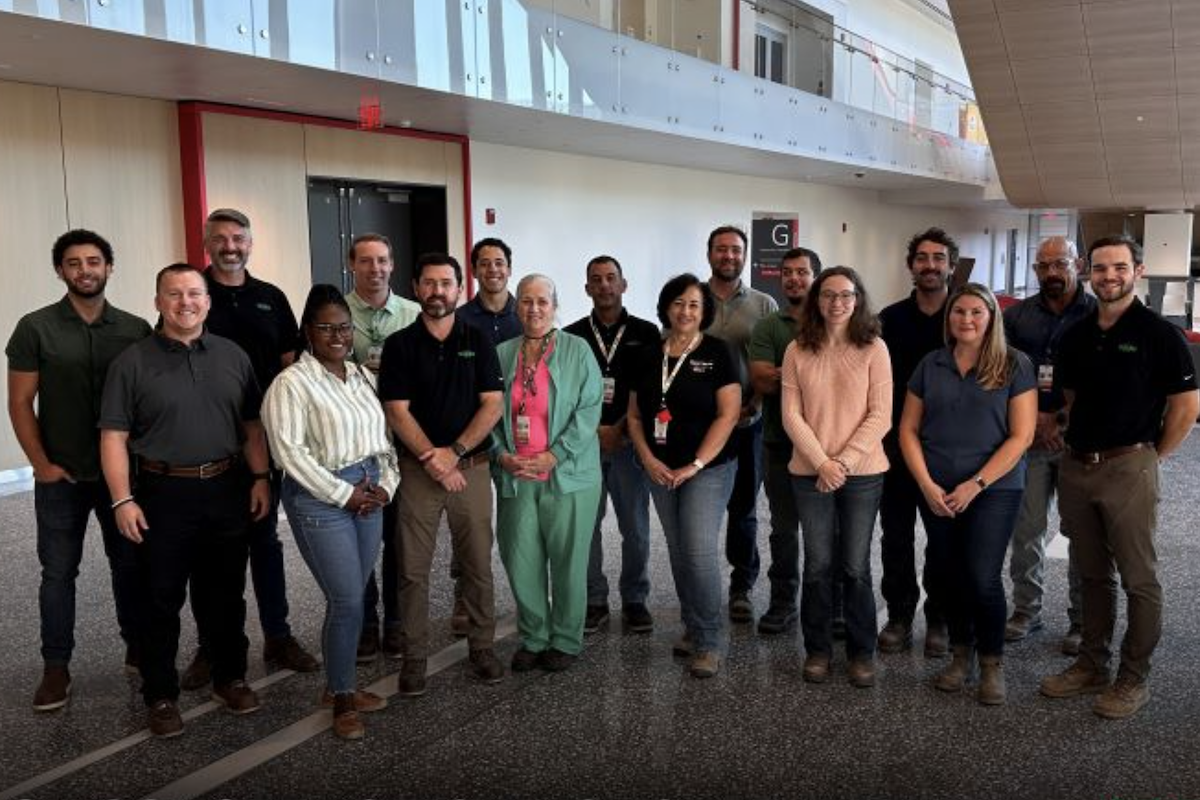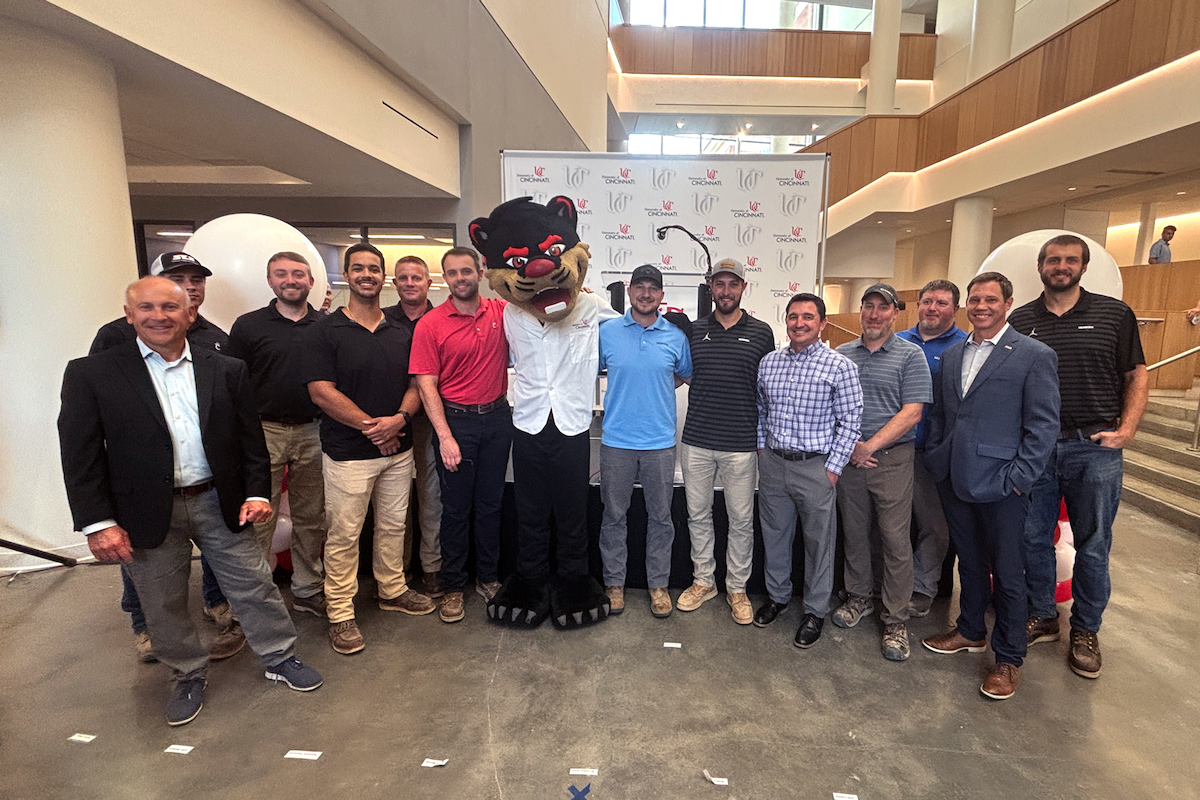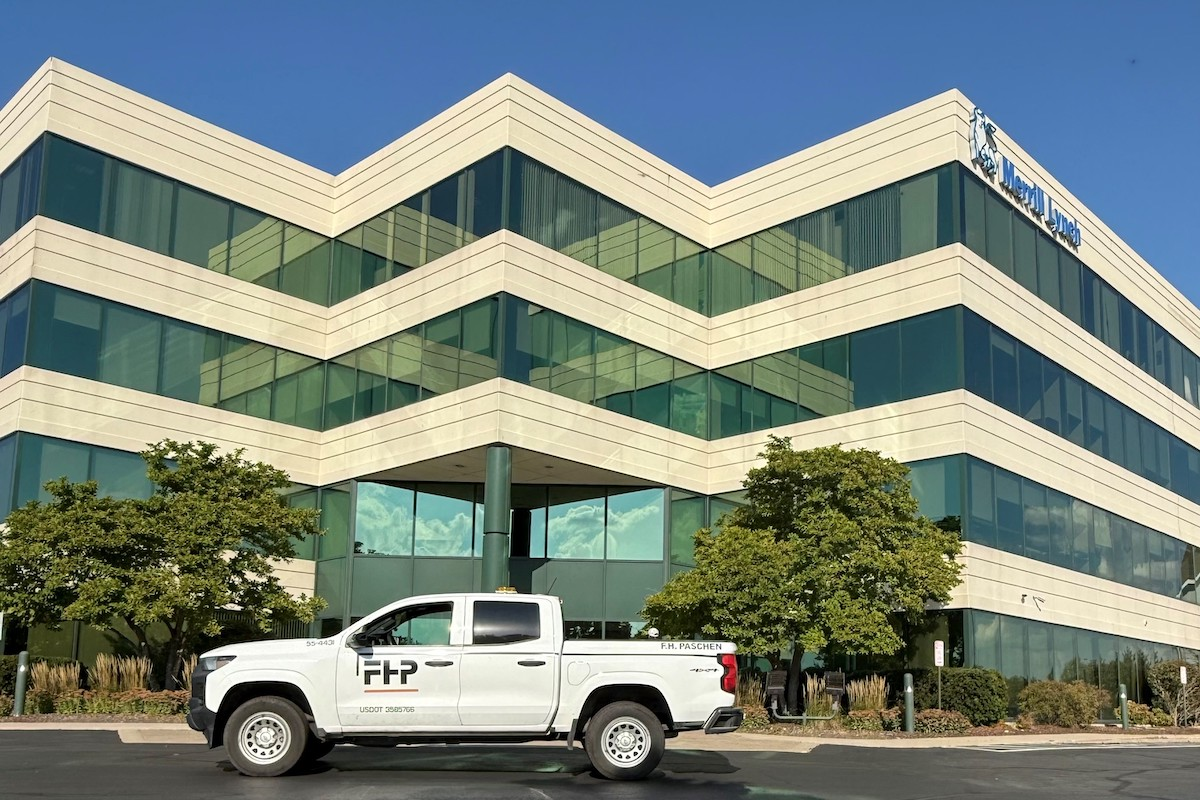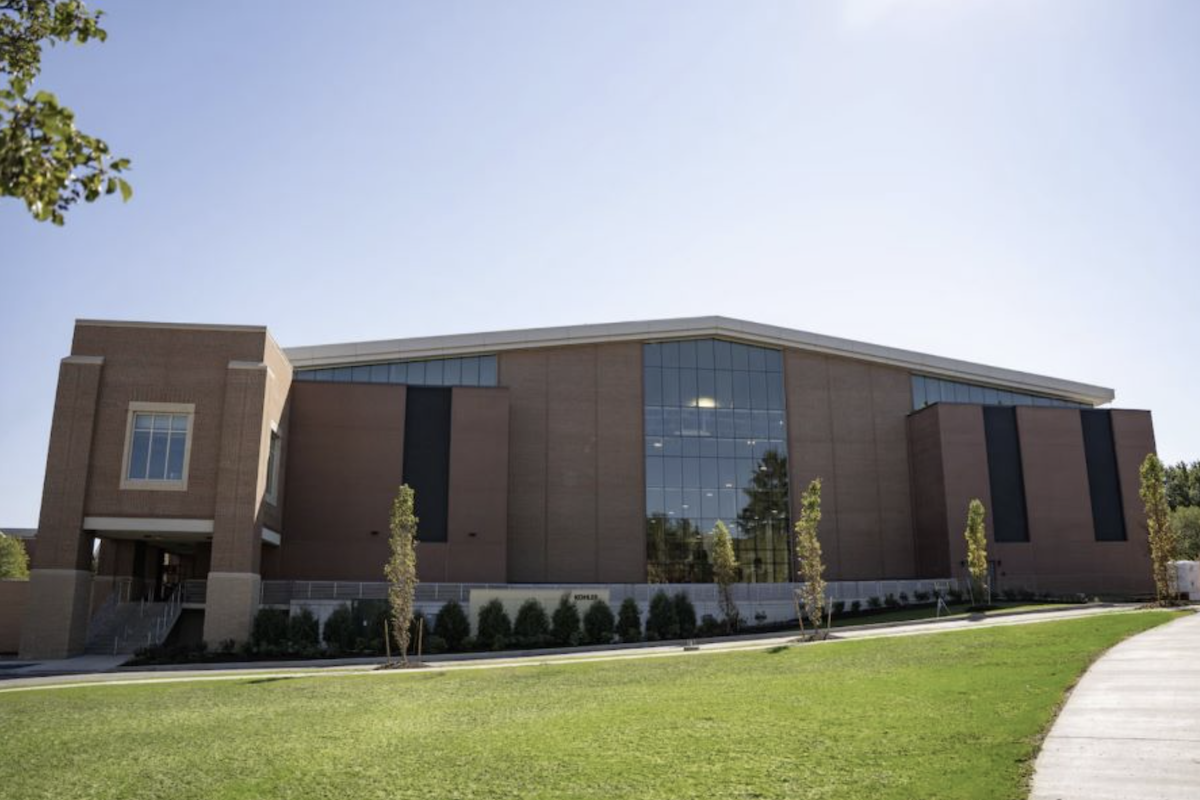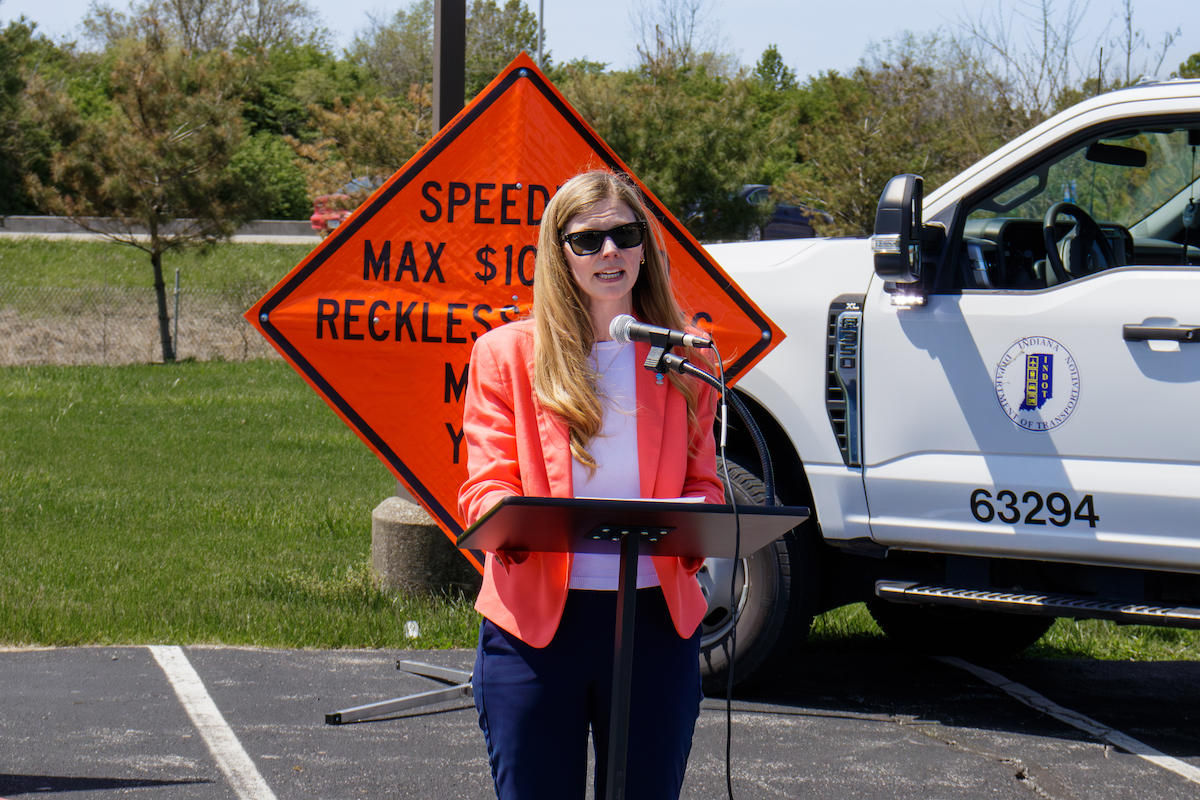With a variety of sizes, widths, and styles of fork and carriage attachments to choose from, let’s look at some of the different options.
With added features, the carriage can provide additional positioning of the load. For instance, side-tilt carriages can position the load properly for transport across uneven terrain and can also pick or place loads that are not on a level surface.
Side-swing carriages provide offset placement of the load in angles from 50 degrees to 90 degrees on each side from the center. This is useful when the machine is unable to provide a direct path to the load due to tight workspaces.
Fork-positioning carriages offer a powered means to situate the forks at the correct spread for palletized loads, without the operator needing to leave the cab. Side-shifting carriages can shift the entire carriage and fork in either direction. This is useful if positioning the machine side-to-side is not possible when picking up a load or if lateral placement of the load is necessary.

| Your local Wirtgen America dealer |
|---|
| Brandeis Machinery |
The 180-degree swing carriage gives you the ability to get loads into minuscule areas. It was designed to permit the maneuvering of loads through openings and tight spaces, like windows and scaffolding. If the telehandler is unable to fit through a restricted space, such as between two buildings, this attachment allows you to manipulate the load at the end of the boom and place it in the desired location.
The 90-degree swing carriage was also designed as a solution to this problem but is limited in its swing (45 degrees to the left and right). To give you more flexibility while working in tight spaces, the 180-degree swing carriage is an offset, pivoting attachment, allowing you to rotate outside the machine’s wheels. If the attachment were centered on the end of the boom, the load might interfere with the machine’s structure or you would need to lift the boom to avoid interference. Instead, the swing carriage is designed to allow operation when the boom is extended and retracted.
For example, while telehandlers are designed to lift objects, it is sometimes difficult to transport long pipes from one end of the job site to the other. If items are not completely centered on the attachment, pipes could fall off and travel speed would be severely limited. So, users requested an attachment that would hold pipes in place and help operators meet time constraints.
The pipe grapple was designed for this purpose — to handle and transport various pipe diameters and lengths. Resembling a carriage, the pipe grapple has two arms that fold down onto the pipes, securing and preventing the load from rolling off or tipping sideways. This allows you to transport pipes securely from point A to point B. If no items need to be held down, the arms can be placed in an idle, vertical position and you can use the telehandler for typical palletized loads.
A fork-mounted work platform can be installed on a carriage and used to lift personnel in jobs that require hands-on work at heights.
Fork-mounted trash hoppers are another specialty attachment for telehandlers that help keep job sites clean and safe. They are equipped with a feature that allows you to empty the hopper’s contents without leaving the comfort of the telehandler cab.
Sheet material handler attachments are ideal for building projects, giving you the ability to confidently lift and place a variety of materials. The attachment can be used for picking and placing sheetrock, drywall, plywood, green board, and other sheet materials.
A quick coupler-mounted sheet material handler attachment can lift up to 3,000 pounds and offer a 72-inch maximum fork spread, allowing for heavy and wide materials to be delivered at height. To reduce worker fatigue, a typical sheet material handler attachment will have a 100-degree fore and aft fork tilt and 180-degree side swing, which ensures accurate, convenient placement at the desired location.
For example, what type of material do you need to handle? How much material needs to be moved? Where does the material need to be moved? Answering questions like these will help you select the appropriate size and type of fork and carriage attachment for the work you need your telehandler to do.
Having the right attachment maximizes the benefits of your telehandler and contributes to a safe, efficient, and productive job site.



















